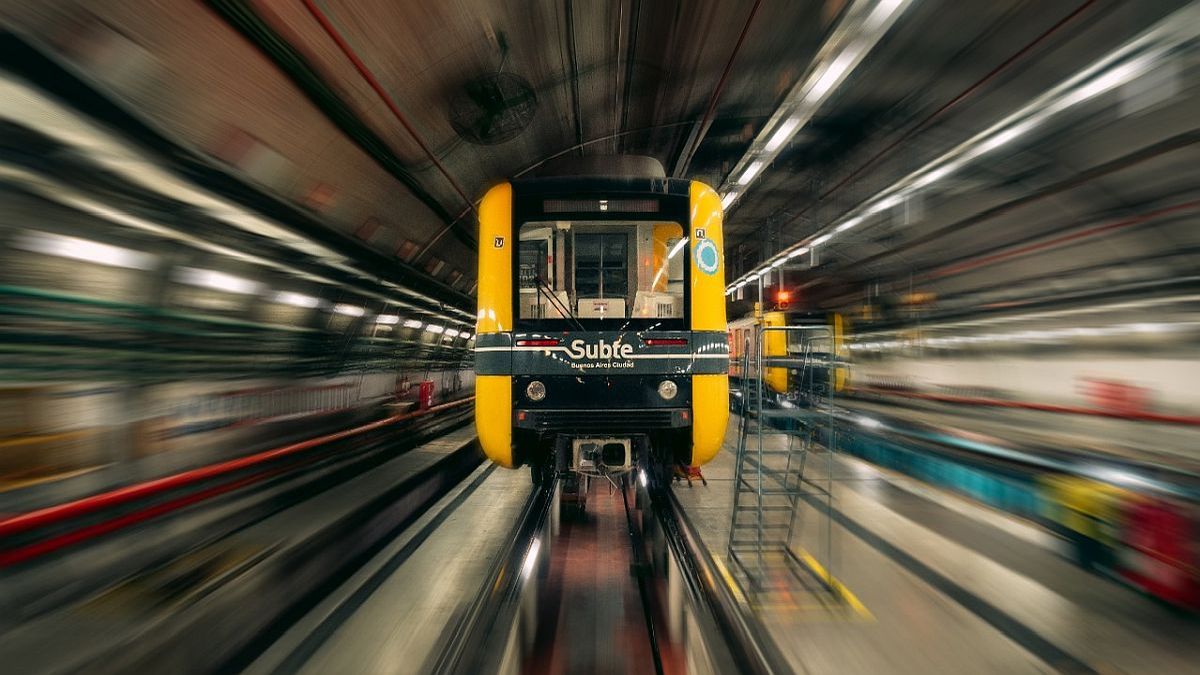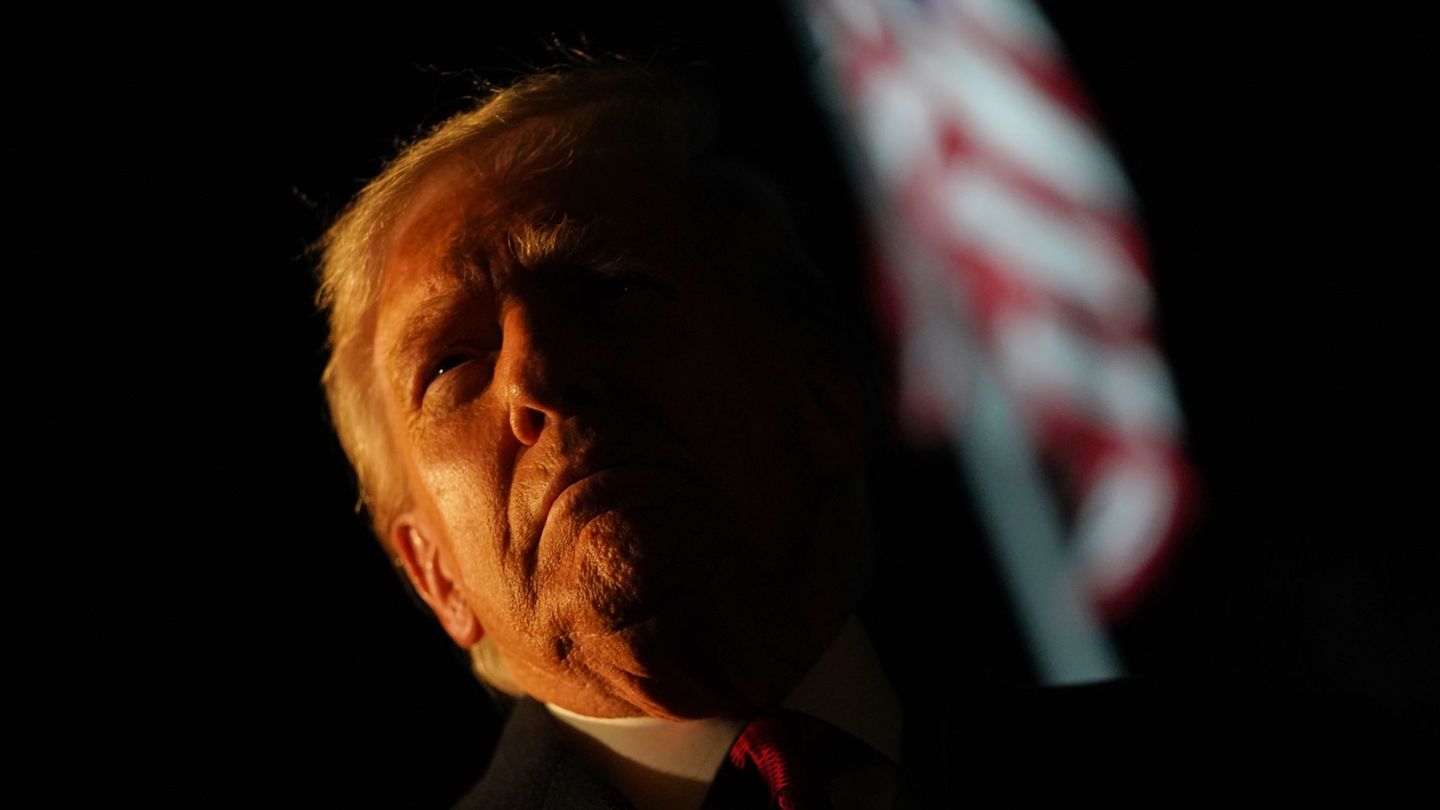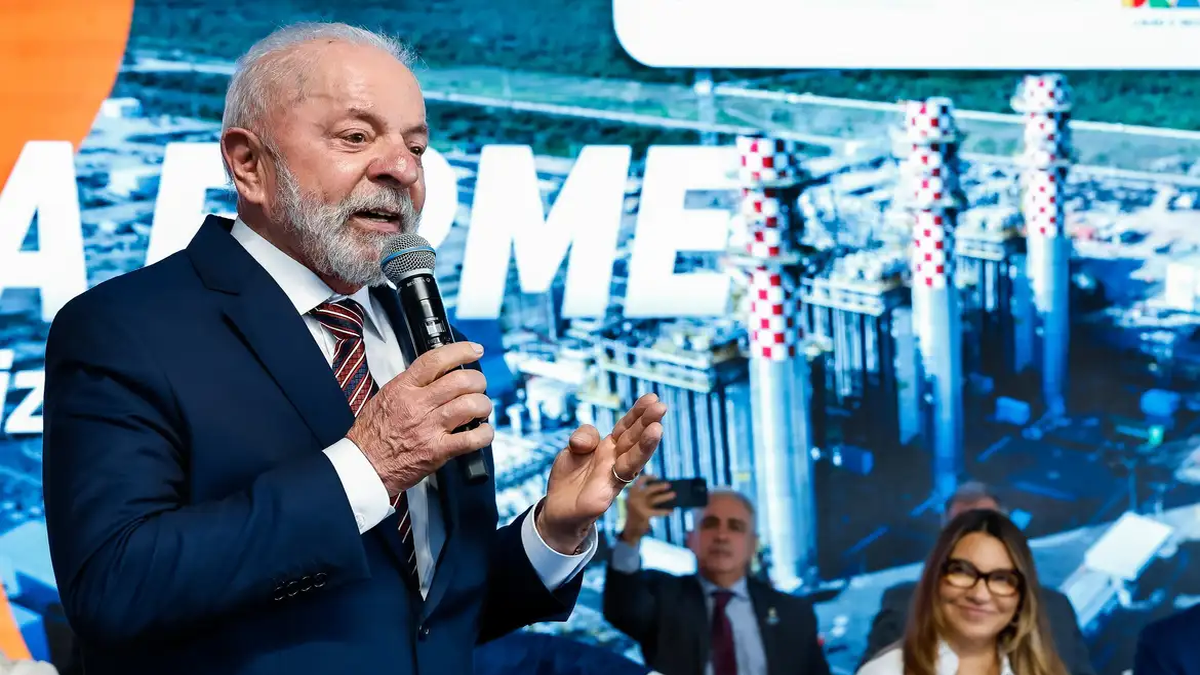A little over a week ago, the launch of QR payments in the Buenos Aires subways, by one of the main electronic payment operators. As he was able to find out Scopethe implementation of this system, which was initially planned for the month of December, will take place in the next few days and the head of the Buenos Aires governmentJorge Macriwill be in charge of announcing it at a subway station in downtown Buenos Aires.
The launch that took place in Argentina Fintech Forum generated a kind of “resentment” among the different actors who were part of this initiative. Although everyone agrees that this technological innovation at the service of citizens will constitute a true milestone, there is no shortage of internal ones.
Before entering into that topic, it is important to highlight what this advance in payment methods for public transportation represents for the fintech industry and the keys to the initiative that will be announced soon:
– The objective of QR payments on subways is that any user can pay, just as is done in stores. The difference between paying in a business or on the subway will be, mainly, the speed to authorize the payment of the ticket and that the machines are the ones that are already adapted to scan a QR and make the payment immediately. The process will be simple: the turnstile is the one that will validate the operation automatically to avoid unnecessary lines. This payment system, As Ámbito previously explained in greater detail, it is called “Buyer QR” and no connectivity is required.
– The “city of the future”: One of the premises that led all actors in the system to work together is to generate easier and more accessible cities, not only for those who live there but also for tourists. Incorporate cutting-edge technology to promote payment methods and provide the possibility of choose how to pay, as other cities in the world offer.
– It is expected benefit 15 million people with low-cost technology. Currently, more than 60% of transactions are virtual. This would increase the trading volume of all virtual wallets and credit cards.
– Expansion of this transportation system: Prisma announced that they will seek to take it to another stadium and they are already working with some AMBA bus lines and in other provinces of the country, such as Mendoza.
– What is going to happen to the subsidies? In principle, the subsidies will continue to be provided by Nación Servicios and the application of the discounts will take some time longer.
The QR buyer: how the subway payment system will work, in real time
As previously mentioned, the system that will be used to pay for transportation is different from the QR that people usually use to pay in stores. It is a new technological development, “Buyer QR”, where the user generates the QR code from their digital account and displays it on the reel reader.
Although the “QR buyer” is a technology that is already used, it is a new technology in that it seeks a standardized system for use by the entire population. As it is a new solution, It has other challenges at technical levels. As Mercado Pago explained in consultation with this medium, the system that is being developed is one in which “it must be automatically regenerated and processed offline.”
“This also implies defining criteria and a process regarding the management of user debts and the recovery of these charges to avoid fraud,” they added. For all companies, the security of users and data is paramount.
In Latin AmericaOnly Chile implemented this type of technology but decided to include QR payments, in addition to contactless debit and credit cards and cell phones with NFC technology. Now Argentina’s turn is approaching.
Insider in the fintech world: what’s behind QR payments on the subway
– The conflict between the operators: At the Argentina Fintech Forum, it was Visa, one of the main operators, that made an important presentation about its participation in the launch. Sources consulted by Scope They admitted a certain “discontent” on the part of their direct competitor, Mastercard, regarding this situation.
– MODO and other fintech vs. Payment Market: One of the representatives of Mercado Pago stated in the presentation of QR payments that the original idea is that all “wallets can be integrated.” However, it was omitted that, once the inauguration has taken place, Mercado Pago will be the first virtual wallet that will offer the service, achieving an advantage over its direct competitors, such as Ualá and MODO. It is important to note that, although the implementation with other virtual wallets will be faster, The same will not happen with the case of credit cards where MODO will be affected, since the technological adaptation to make the card payment and its subsequent validation would take more work time.
– The launch, faster than expected: Although they officially confirmed on several occasions that the final implementation would be in December, for political reasons it was brought forward to the next few days in November. The launch of the new turnstiles that read QRs has already been carried out in all subway stations.
Finally, beyond the debate at the heart of the fintech sector, They all highlight the importance that this advance represents, not only for the City’s public transportation, but for the entire country, where 96% of adults already have an account with a digital wallet and where digital payments continue to advance at pace, perhaps faster than the industry anticipates. QR payments on subways are just the tip of the iceberg and two key issues are still pending and progress is already being made: the tokenization of assets and an increase in the use of NFC technology.
Source: Ambito
I am Pierce Boyd, a driven and ambitious professional working in the news industry. I have been writing for 24 Hours Worlds for over five years, specializing in sports section coverage. During my tenure at the publication, I have built an impressive portfolio of articles that has earned me a reputation as an experienced journalist and content creator.




